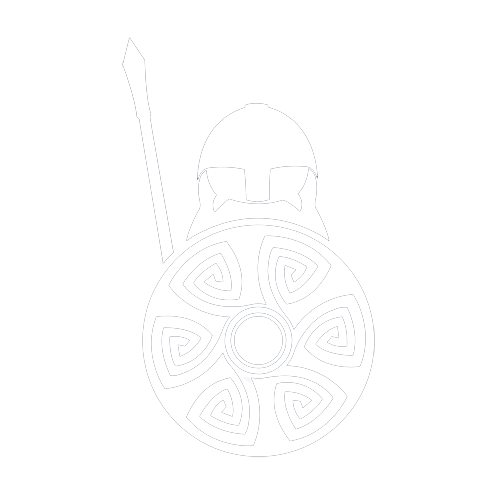The Medieval Crossbow
The medieval period saw the emergence of numerous powerful weapons that changed the course of history. One such weapon was the crossbow, which was used by knights, archers, and foot soldiers. The crossbow was an essential part of medieval warfare, and its impact was felt across the battlefield. Discover the history of the medieval crossbow, how it was constructed, and its role in battles.
Image illustrated by Peter Dennis
History of the Medieval Crossbow
The origins of the crossbow can be traced back to ancient China. However, it was in medieval Europe where the weapon gained widespread use. Crossbows were initially constructed with wood and sinew, but over time, advancements in technology led to the use of metal.
The medieval crossbow was a formidable weapon that could penetrate armor, making it an effective tool on the battlefield. In fact, crossbows were so deadly that their use was often restricted. In England, for example, only knights were allowed to use crossbows.
Construction of the Medieval Crossbow
Medieval crossbows were typically made from wood, steel, and horn. The wood was used to create the stock, while the bow was made from steel. The horn was used for the bowstring. Crossbows were often decorated with intricate carvings, making them as aesthetically pleasing as they were deadly.
The construction of a crossbow was a labour-intensive process that required a high degree of skill. The wood had to be carefully selected and shaped to create the stock, and the steel had to be tempered to ensure that it was strong enough to withstand the tension of the bowstring.
Drawing of a super-crossbow by Leonardo da Vinci (1452–1519), via Creative Commons
Use of the Medieval Crossbow in Battle
The medieval crossbow was a potent weapon that could be used by both foot soldiers and knights. The weapon was particularly effective in siege warfare, where it could be used to rain down deadly fire on defenders. Crossbows were also used in open field battles, where they could be used to pick off enemy soldiers from a distance.
One of the most significant advantages of the crossbow was that it could be used by soldiers who had not been trained in archery. Unlike a traditional bow, which required years of training to master, a crossbow could be used effectively with minimal training.
Medieval Crossbow FAQs
1. What is the difference between a crossbow and a traditional bow? A crossbow is a more powerful and accurate weapon than a traditional bow. It is easier to use and requires less training to master.
2. How far could a medieval crossbow shoot? A medieval crossbow could shoot up to 300 meters.
3. How did the crossbow change medieval warfare? The crossbow was a game-changer in medieval warfare, as it allowed soldiers with minimal training to take down heavily armoured opponents.
The medieval crossbow was a powerful weapon that changed the course of history. It was a deadly tool that could penetrate armor and be used by soldiers with minimal training. The crossbow played a significant role in battles and was particularly effective in siege warfare. Today, the crossbow remains a popular weapon among hunters and sportsmen, and its legacy continues to live on.



